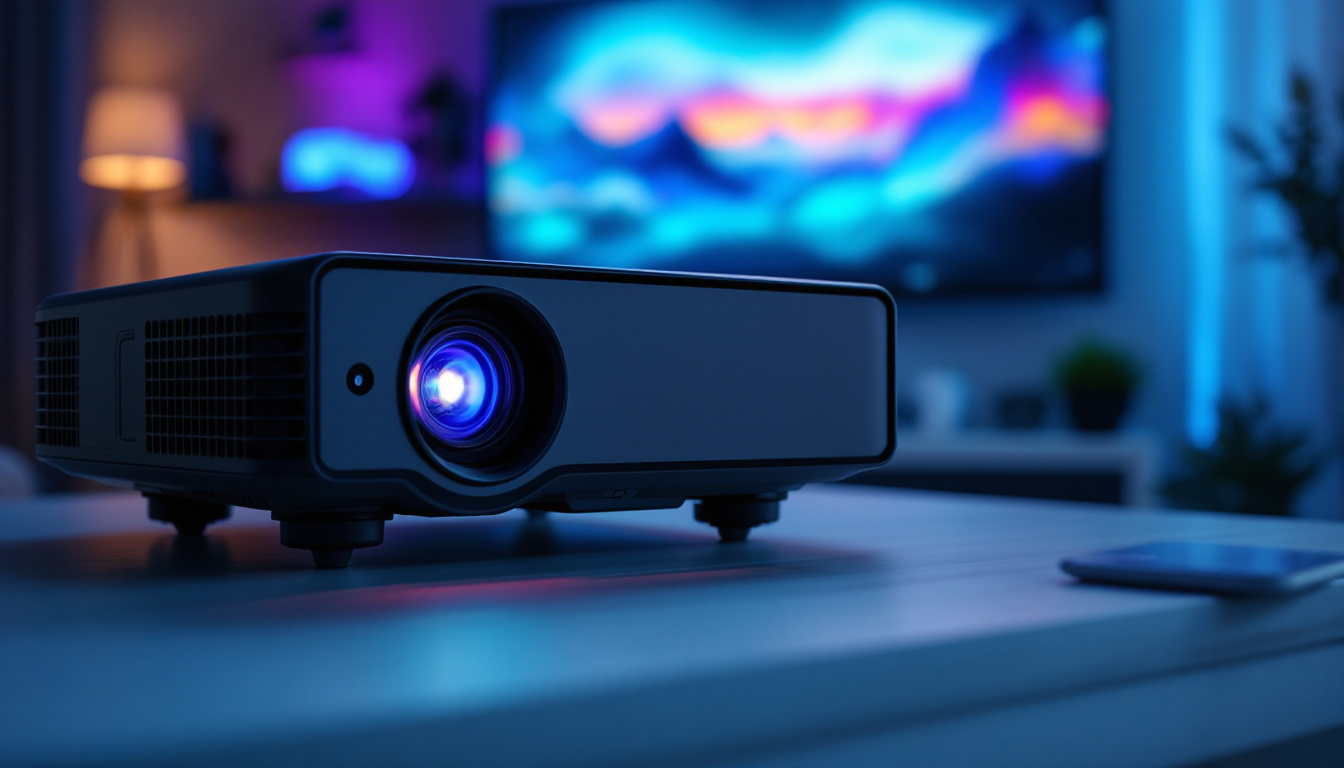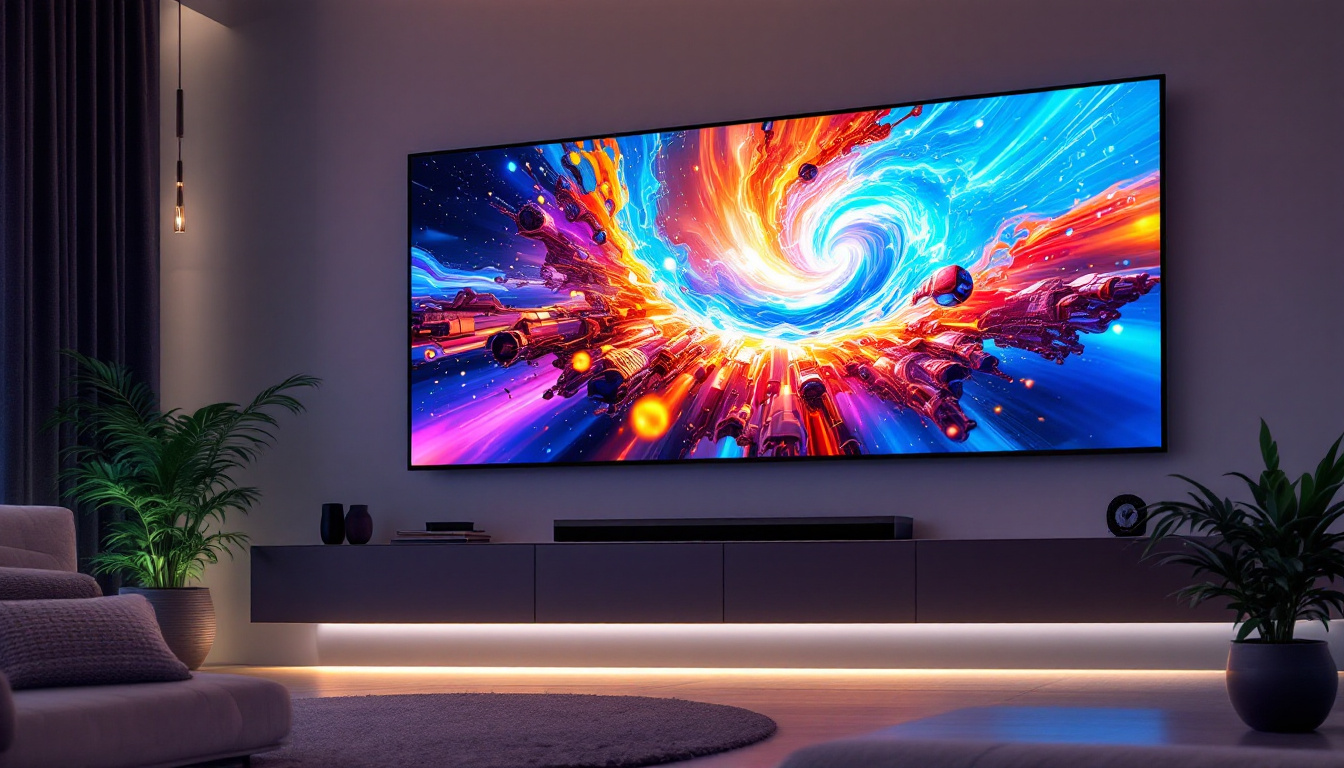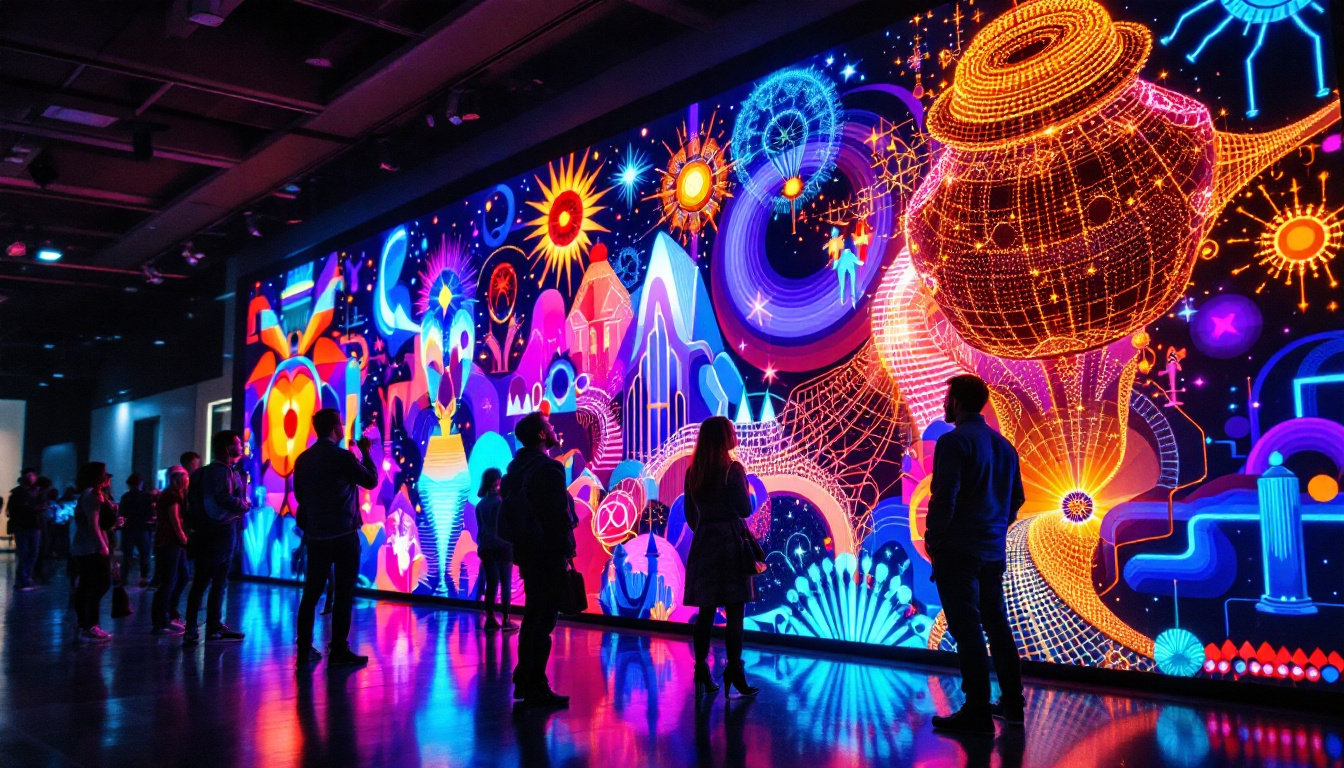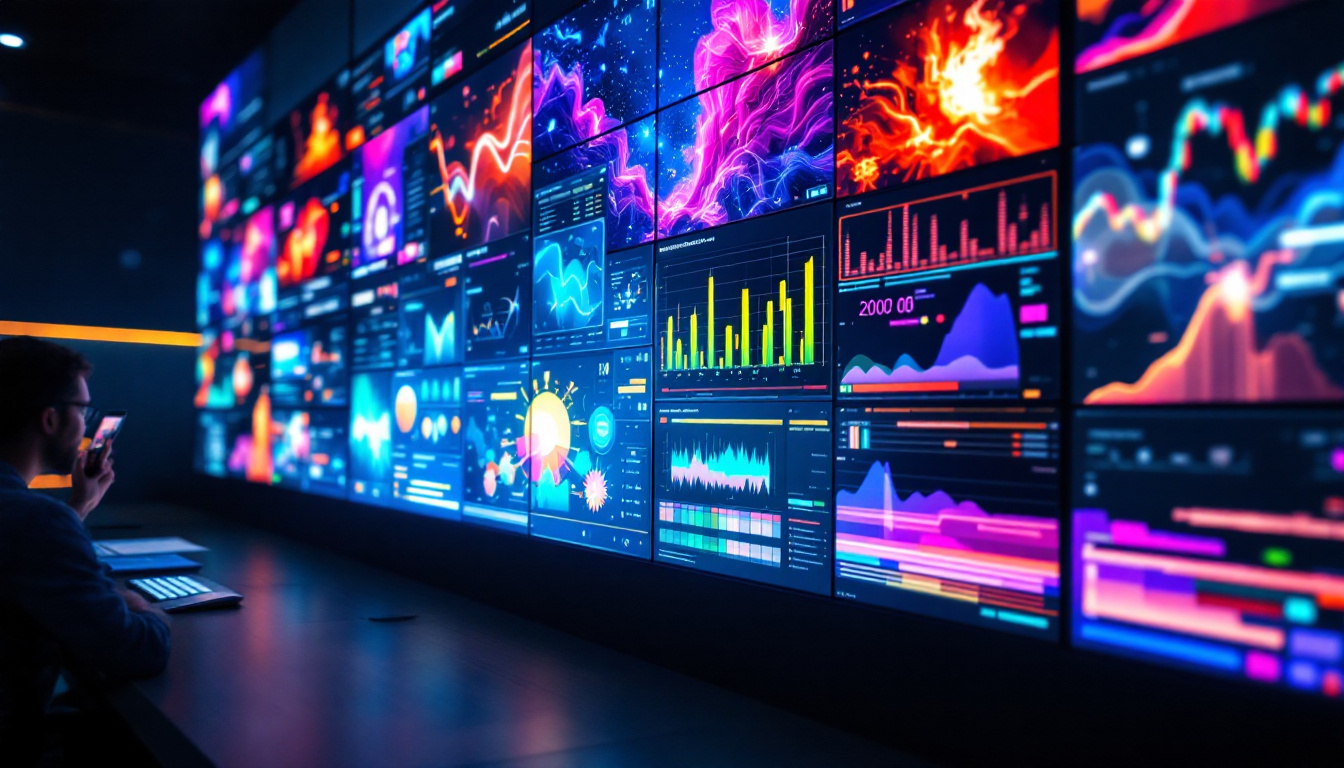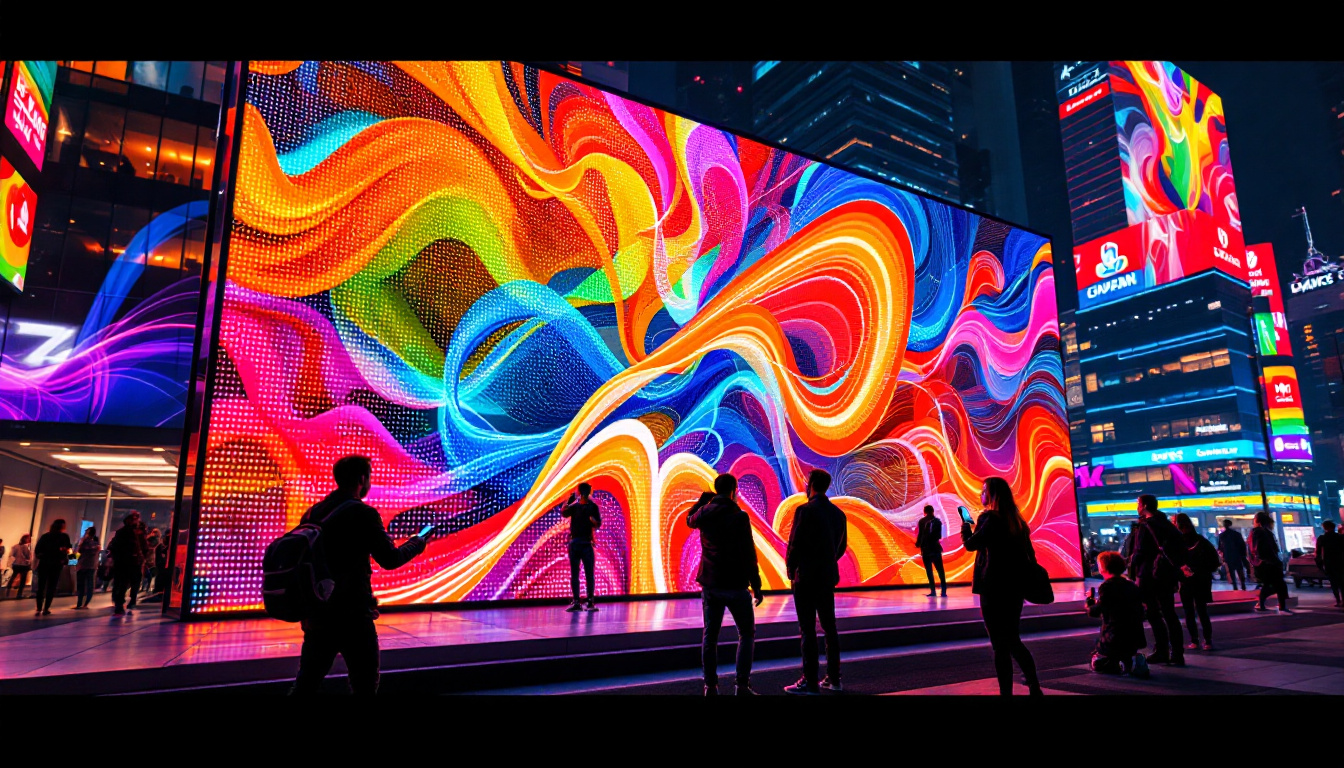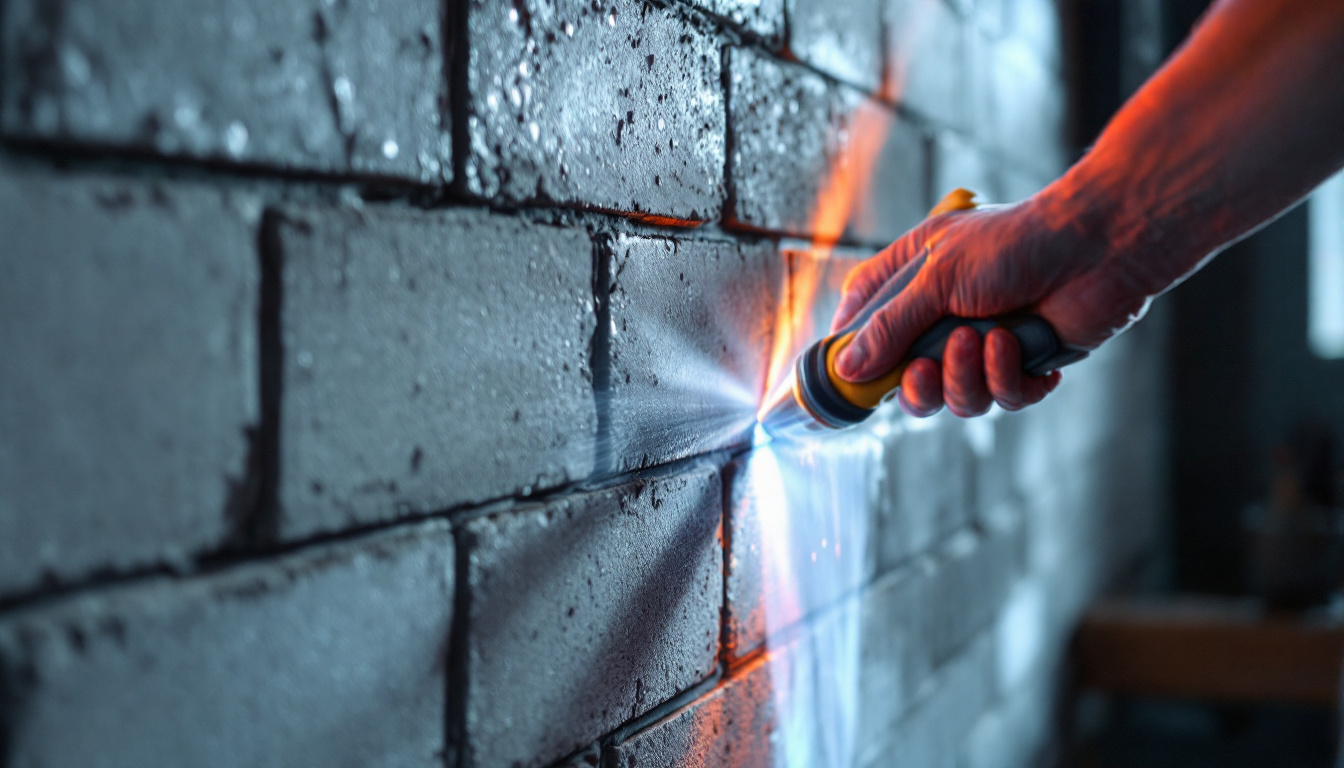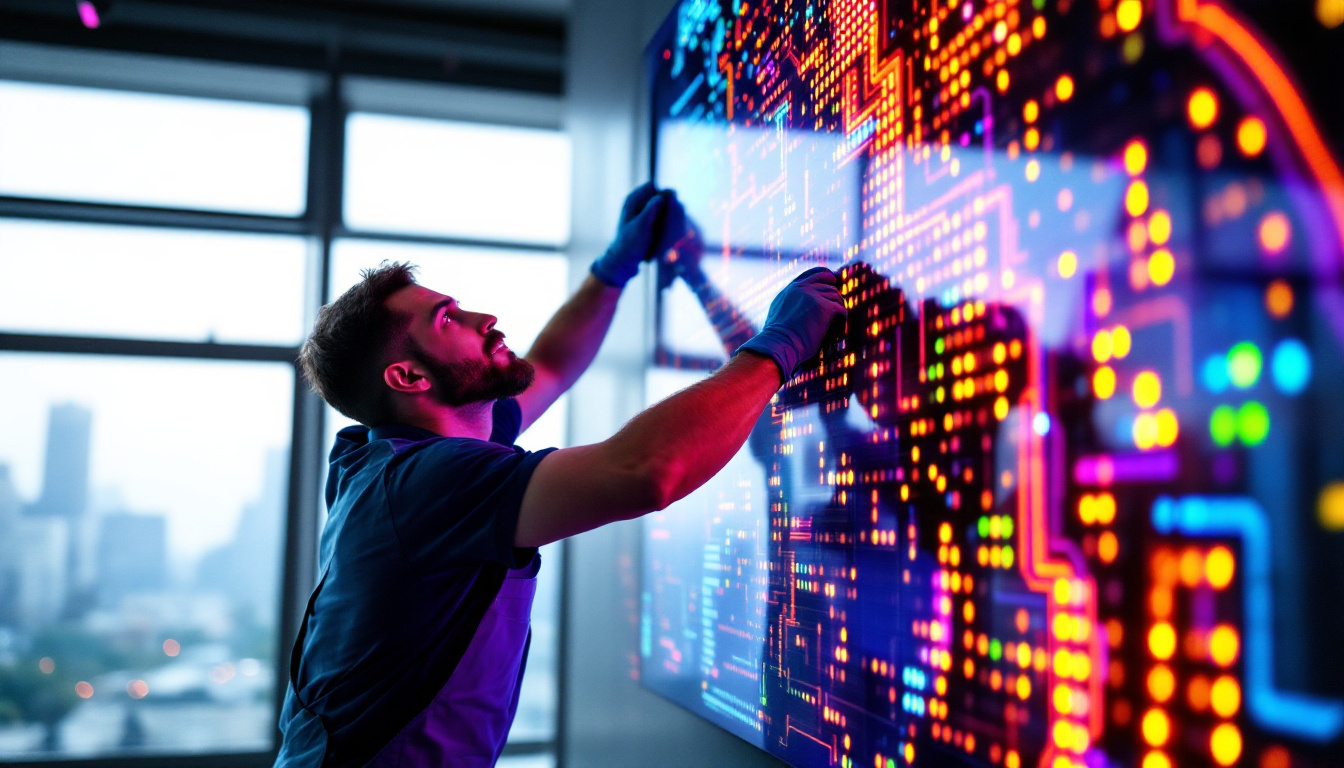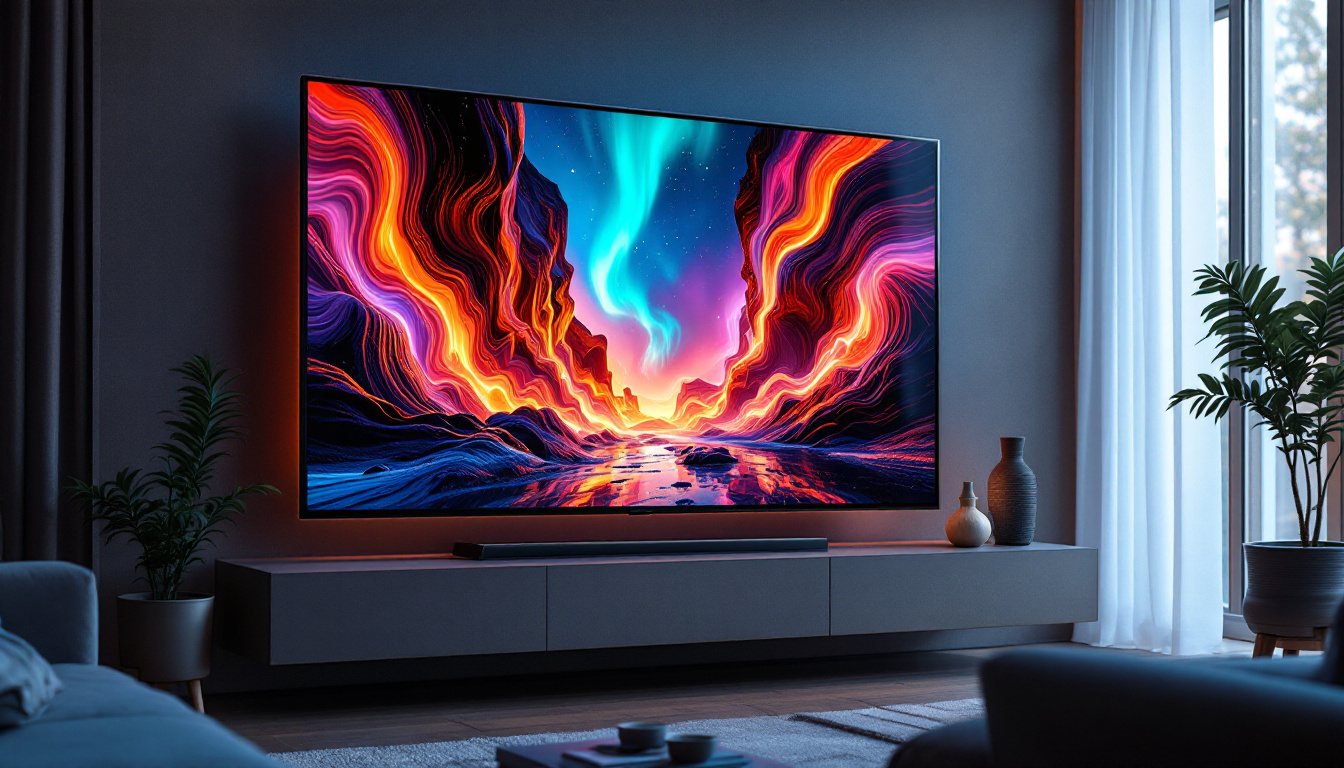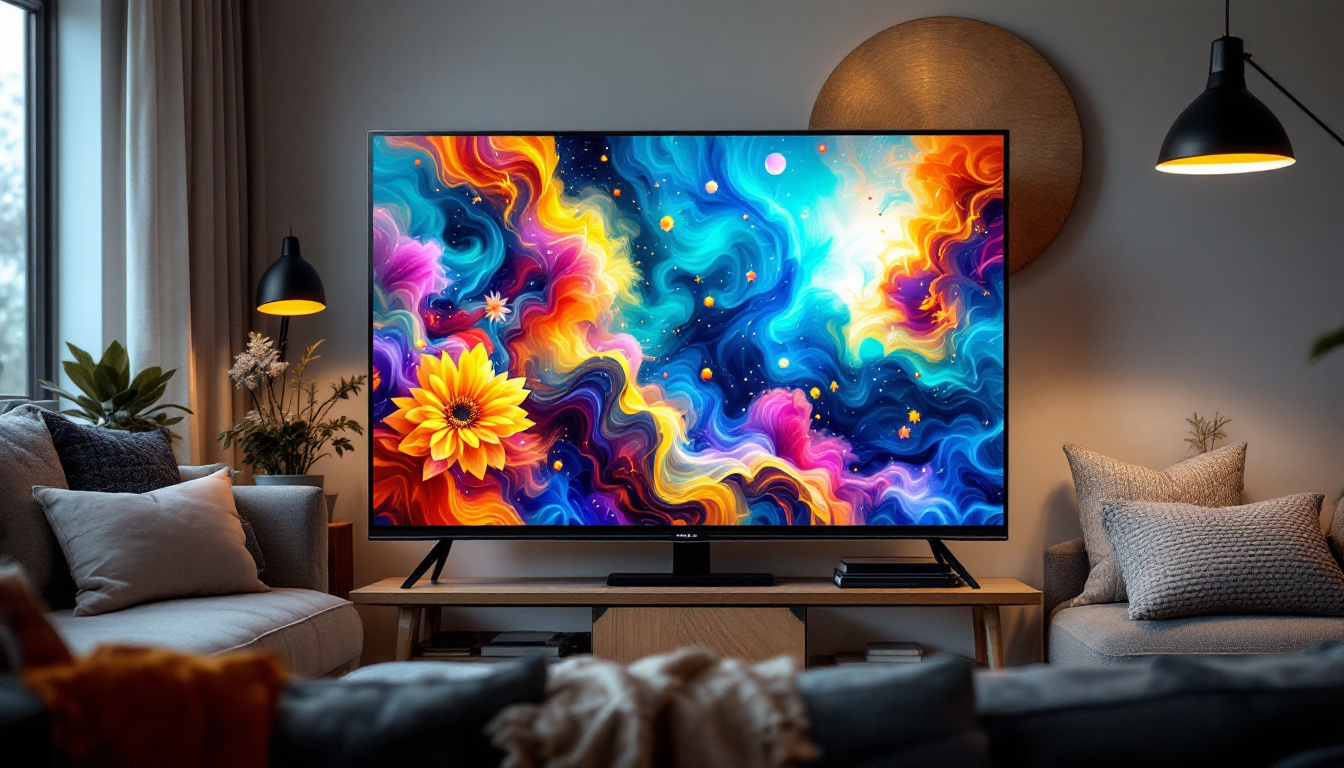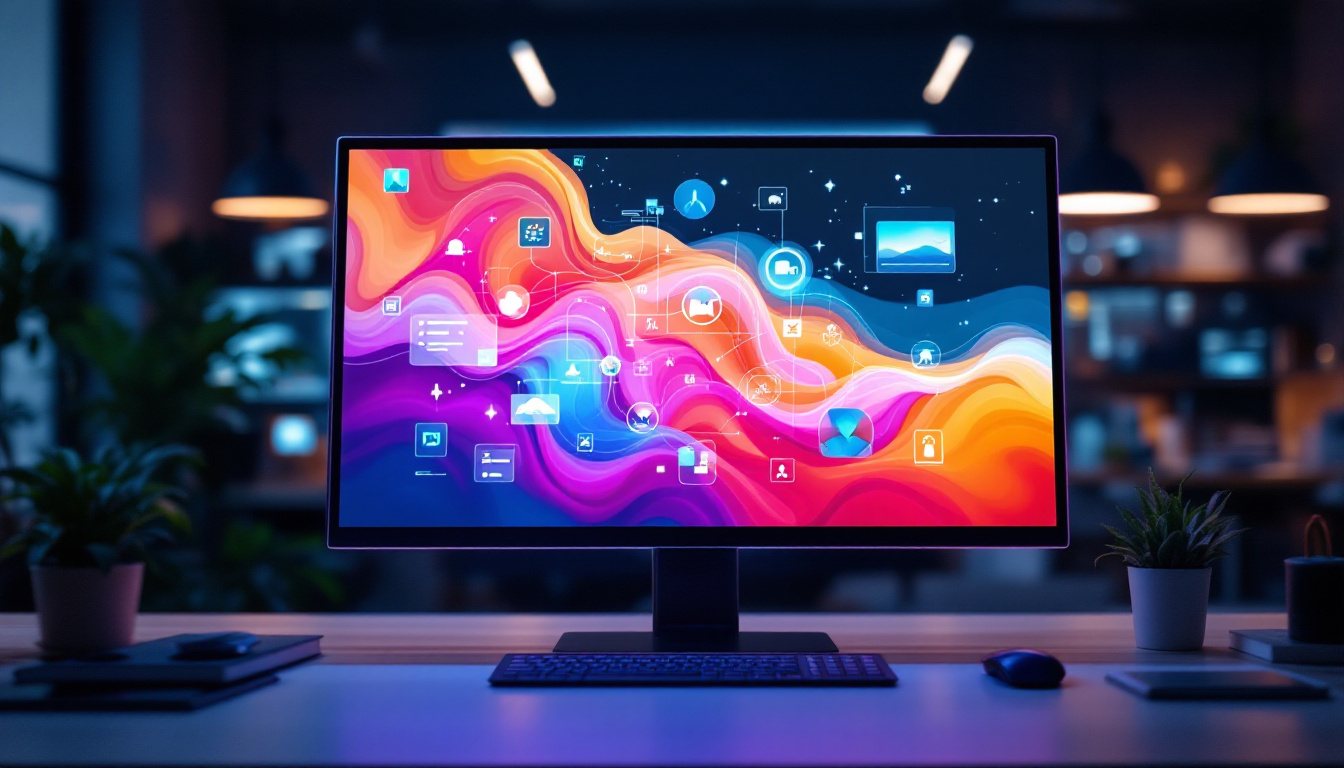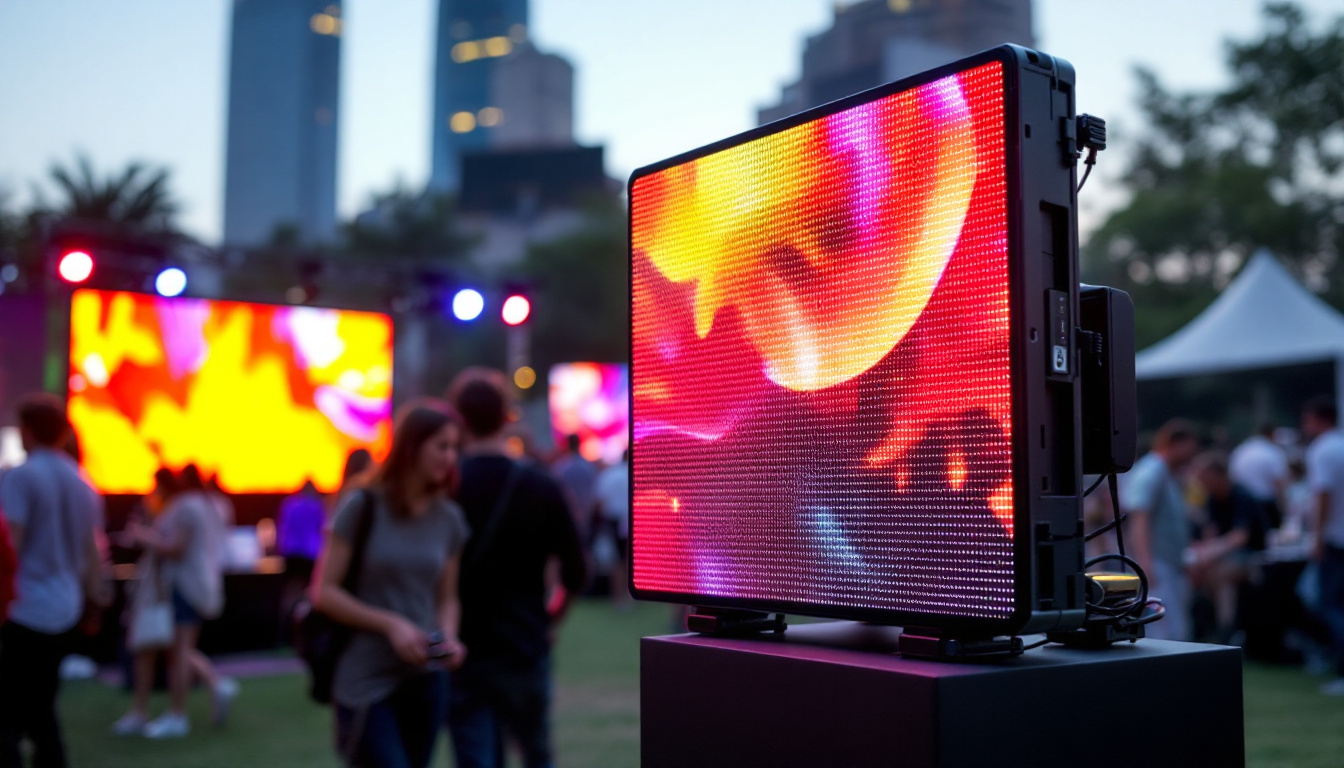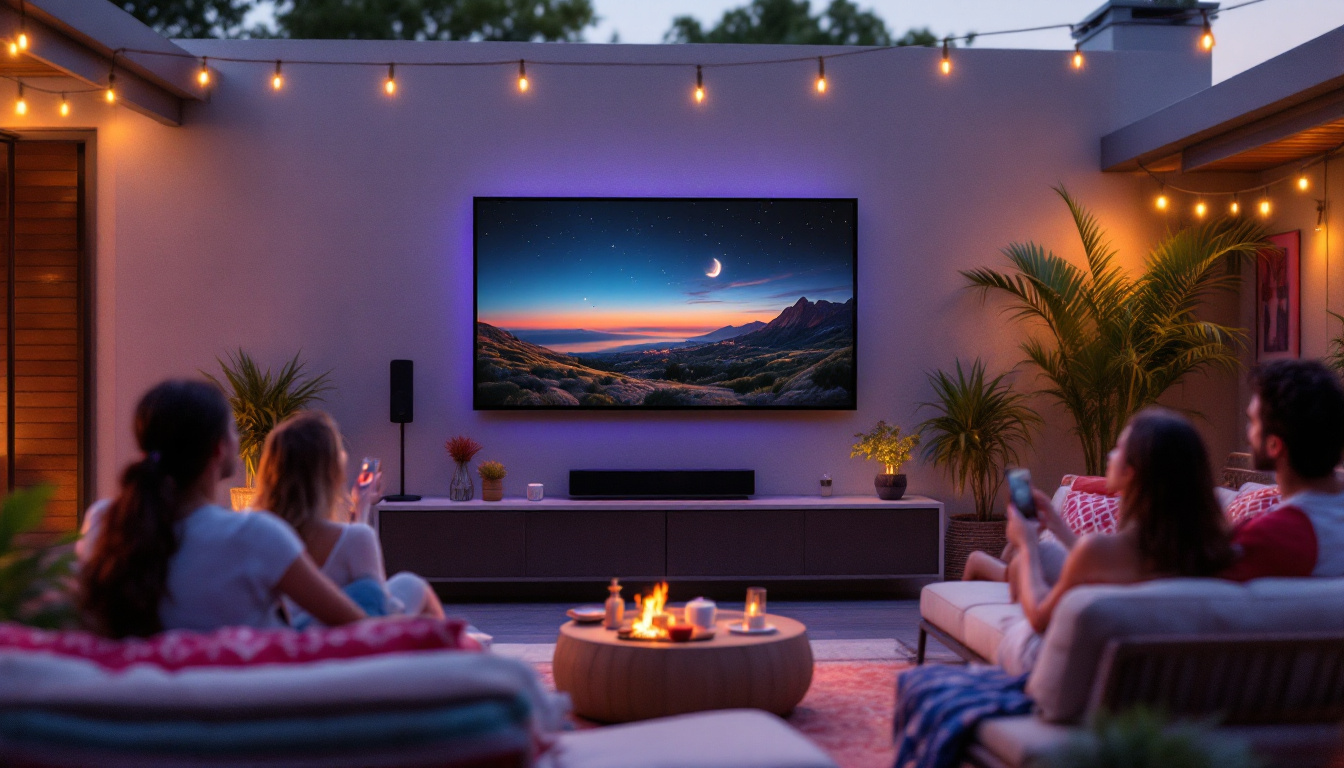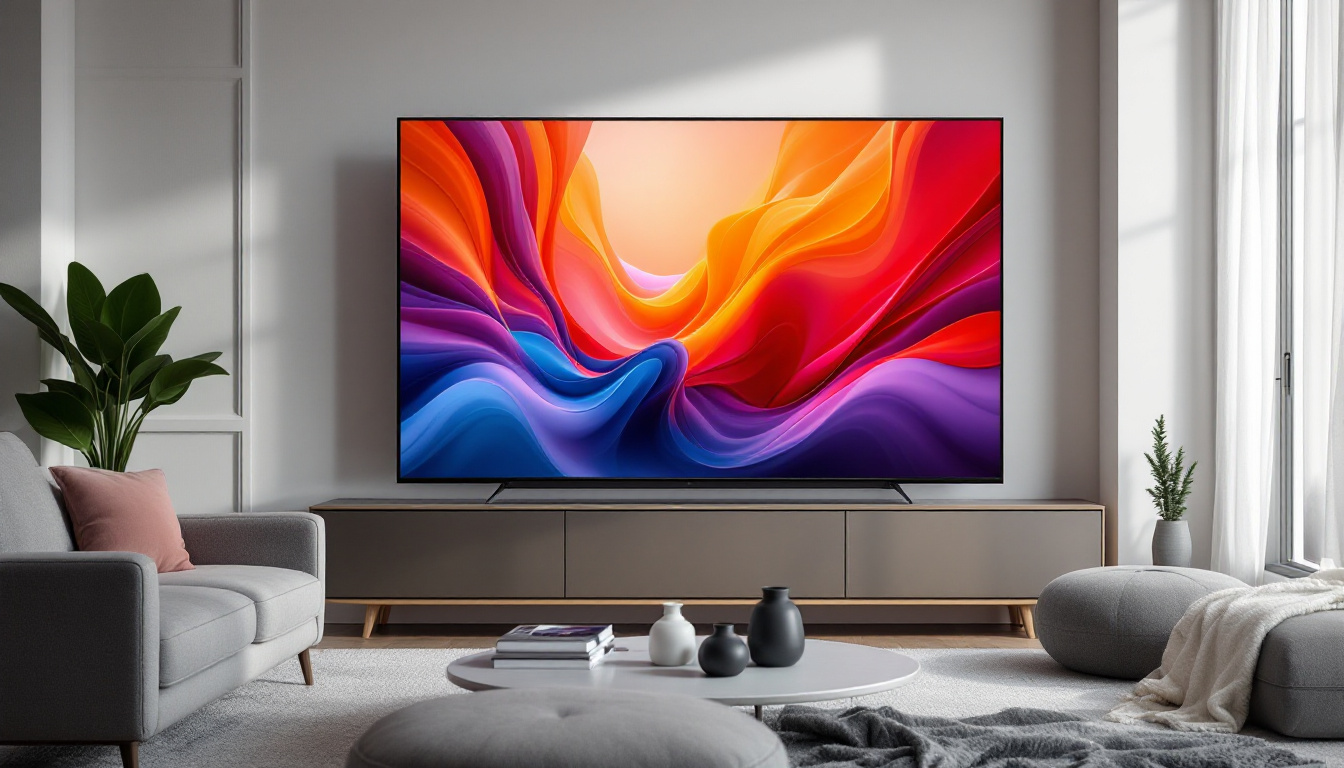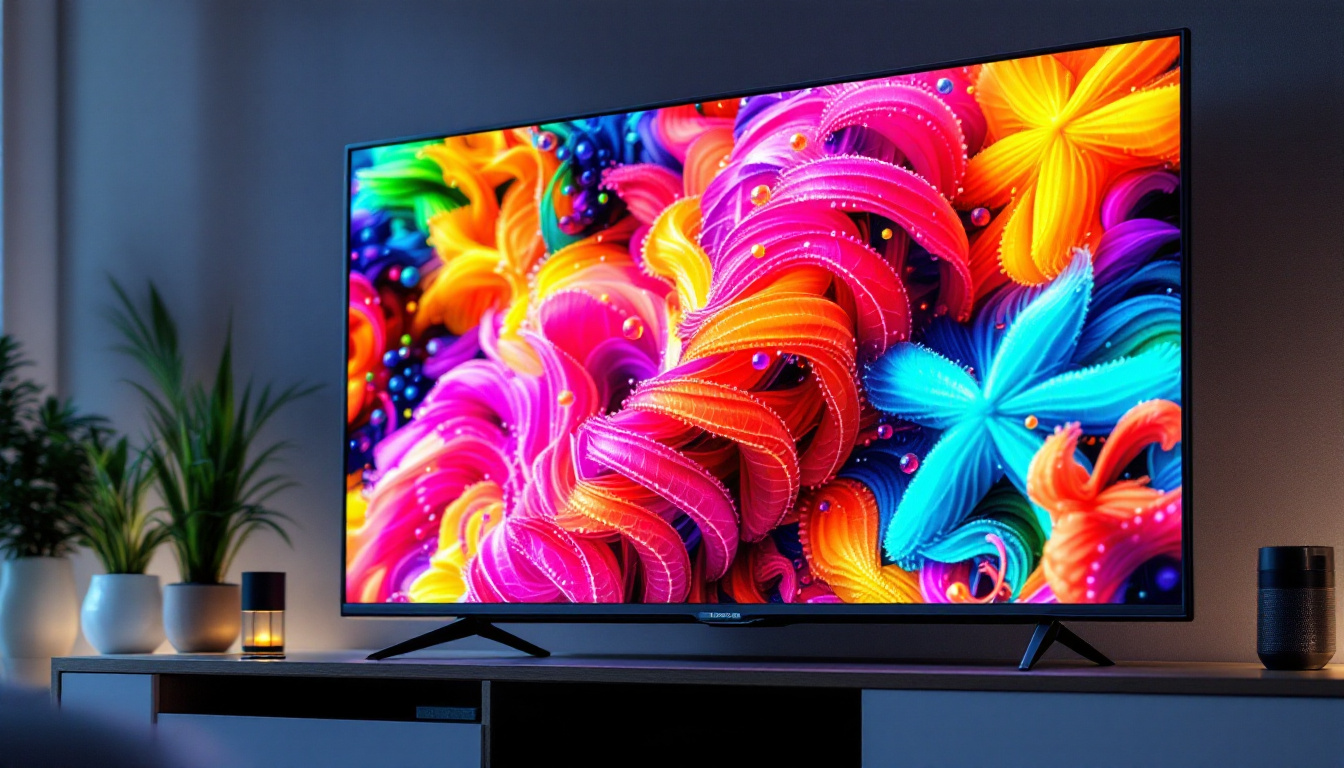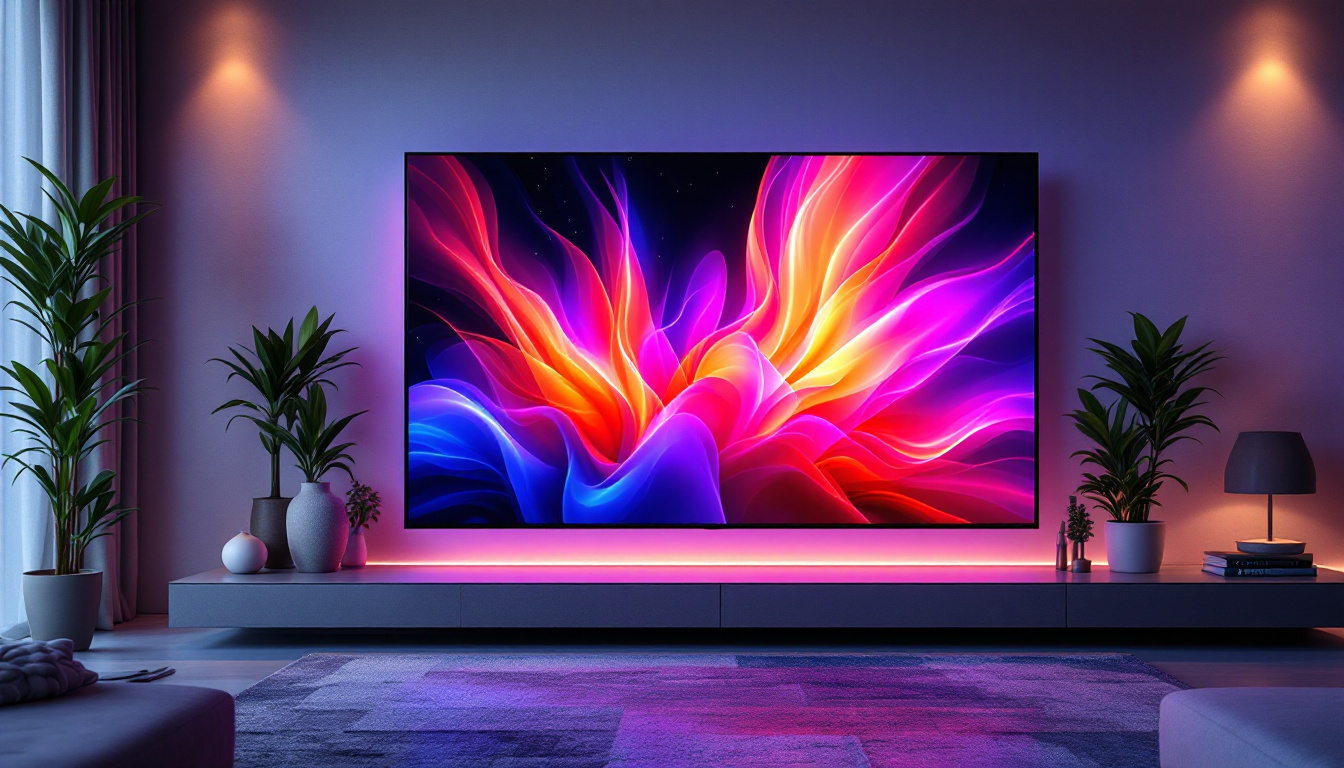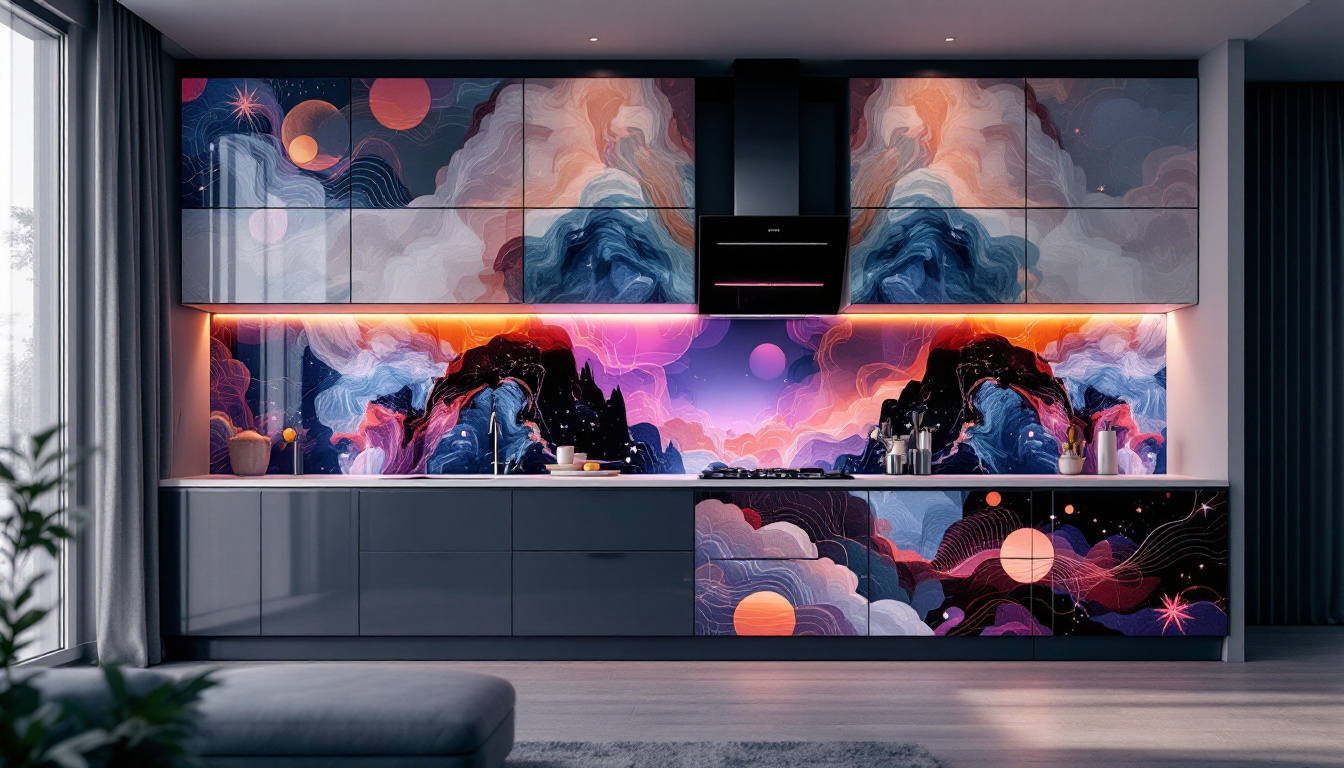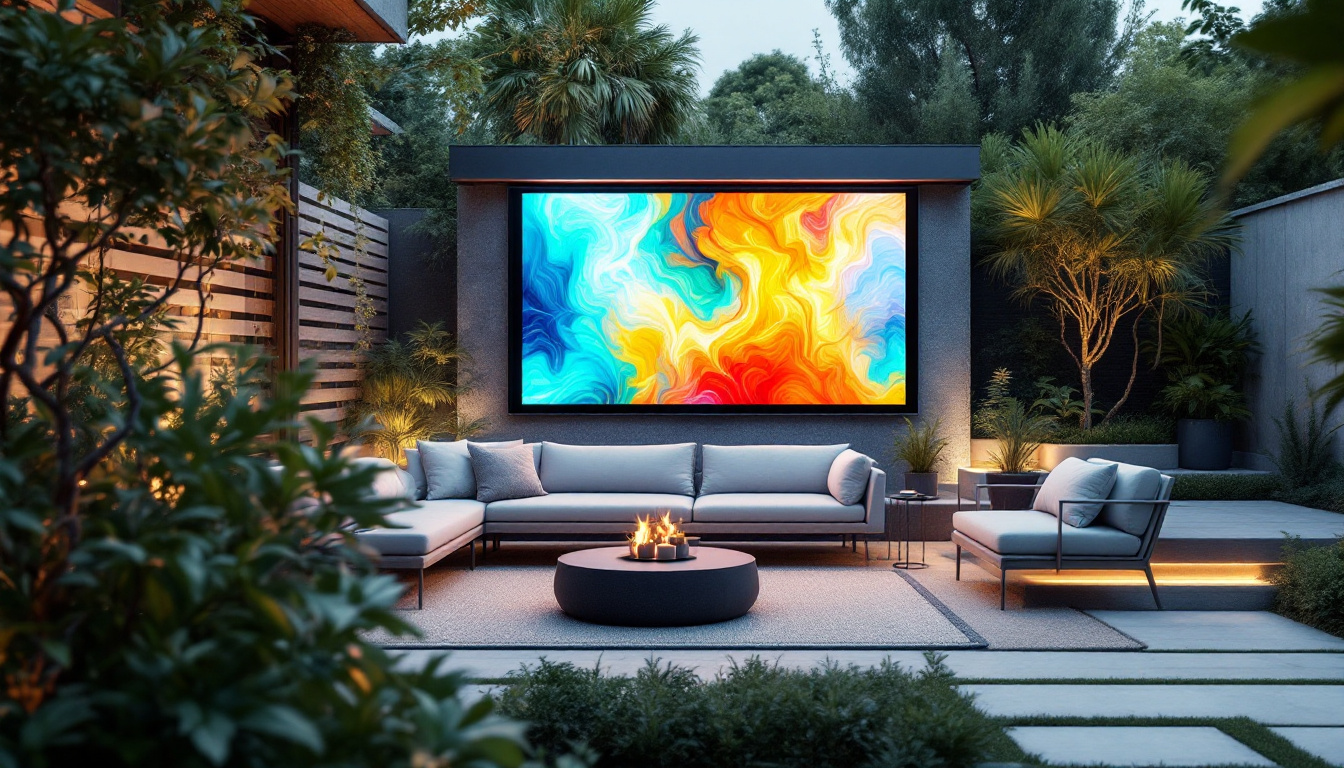In the realm of visual technology, projectors and screens have become indispensable tools for both personal and professional use. With the rapid advancement of display technology, LED projectors have emerged as a popular choice for many users. This article delves into the intricacies of LED projectors, their advantages, and how they compare to other display technologies. Additionally, it will explore the various types of screens available, providing insights for those considering a purchase.
Understanding LED Projectors
LED projectors utilize light-emitting diodes (LEDs) as their primary light source. This technology has transformed the way images are projected, offering several advantages over traditional lamp-based projectors. The fundamental difference lies in the light source, which significantly affects the projector’s performance and longevity.
Advantages of LED Technology
One of the most notable benefits of LED projectors is their longevity. Unlike traditional projectors that use lamps that may need replacement every few thousand hours, LED projectors can last up to 20,000 hours or more. This extended lifespan not only reduces maintenance costs but also minimizes downtime. Users can enjoy a more reliable performance without the frequent interruptions that come with lamp replacements, making LED projectors a practical choice for both personal and professional use.
Another significant advantage is energy efficiency. LED projectors consume less power than their lamp-based counterparts, making them an environmentally friendly option. This efficiency translates into lower electricity bills, which can be particularly beneficial for businesses that rely on projectors for presentations and meetings. Furthermore, the reduced energy consumption contributes to a smaller carbon footprint, aligning with the growing trend of sustainability in technology.
Image Quality and Performance
When it comes to image quality, LED projectors are known for their vibrant colors and high contrast ratios. The use of LEDs allows for more accurate color reproduction, resulting in richer and more dynamic visuals. Additionally, many LED projectors are capable of producing high-definition resolutions, making them suitable for a variety of applications, from home theaters to professional presentations. The clarity and sharpness of the images produced by LED projectors enhance the viewing experience, making them ideal for watching movies, playing video games, or delivering impactful business presentations.
Moreover, LED projectors offer instant on/off capabilities. Unlike traditional projectors that require warm-up time, LED projectors can be turned on and off immediately, providing convenience for users who need to make quick presentations or switch between different media sources. This feature is particularly advantageous in fast-paced environments, such as classrooms or corporate settings, where time is often of the essence. Additionally, many LED projectors come equipped with built-in connectivity options, such as HDMI and wireless capabilities, allowing for seamless integration with various devices, including laptops, smartphones, and streaming devices, further enhancing their versatility and user-friendliness.
Types of LED Projectors
LED projectors come in various types, each designed to cater to different needs and environments. Understanding these types can help users make informed decisions when selecting the right projector for their specific requirements.
Portable LED Projectors
portable LED projectors are designed for mobility, making them ideal for users who need to present in different locations. These compact devices are lightweight and often come with built-in batteries, allowing for easy transport without the need for external power sources. Despite their small size, many portable projectors deliver impressive image quality and can connect to a variety of devices. Some models even feature wireless connectivity, enabling users to stream content directly from their smartphones or tablets without the hassle of cables. This convenience makes them particularly popular among traveling professionals and educators who frequently move between classrooms or meeting rooms.
Home Theater LED Projectors
For those who seek a cinematic experience at home, home theater LED projectors are the perfect choice. These projectors are designed to deliver high-definition images with exceptional color accuracy and contrast, making them ideal for movie nights or gaming sessions. Many models also support 4K resolution, providing an immersive viewing experience that rivals traditional cinema. Additionally, home theater projectors often come equipped with advanced features such as lens shift and keystone correction, allowing users to easily adjust the image for a perfect fit on any screen or wall. With the rise of streaming services, many home theater projectors now include smart capabilities, enabling users to access their favorite content directly from the projector without needing additional devices.
Business and Education LED Projectors
In professional settings, LED projectors are often used for presentations, training sessions, and educational purposes. These projectors typically feature higher brightness levels to ensure visibility in well-lit rooms. They often come equipped with various connectivity options, including HDMI and USB ports, making it easy to connect to laptops, tablets, and other devices. Furthermore, many business and education projectors incorporate interactive features, such as touchscreen capabilities or compatibility with interactive whiteboards, enhancing engagement during presentations and lessons. This interactivity not only captivates the audience but also fosters a more collaborative environment, allowing for real-time feedback and participation. Additionally, some models include built-in speakers or audio output options, ensuring that sound quality matches the visual experience, which is particularly important in training and educational settings where clarity is key.
Choosing the Right Screen for Your Projector
The screen used in conjunction with a projector plays a crucial role in the overall viewing experience. Selecting the right screen can enhance image quality and ensure that colors appear vibrant and true to life. There are several types of screens available, each with its own set of features and benefits.
Fixed Frame Screens
Fixed frame screens are permanently mounted and provide a taut surface for projection. These screens are ideal for dedicated home theaters or conference rooms where the projector is used frequently. The tensioned fabric ensures a smooth surface, minimizing wrinkles and distortions that can affect image quality.
Retractable Screens
Retractable screens offer versatility and convenience, as they can be rolled up or down as needed. These screens are perfect for multi-purpose rooms where the projector may not be used regularly. They come in manual and electric options, allowing users to choose based on their preferences and budget.
Portable Screens
For those who need a screen that can be easily transported, portable screens are an excellent option. These screens are lightweight and often come with a carrying case, making them suitable for presentations on the go. Despite their portability, many models offer good image quality and are easy to set up.
Factors to Consider When Buying a Projector and Screen
When investing in a projector and screen, several factors should be taken into account to ensure the best possible experience. Understanding these factors can help users select the right equipment for their needs.
Brightness and Resolution
Brightness is a critical factor, especially for business and educational environments where ambient light can affect visibility. Projectors are rated in lumens, with higher lumens indicating greater brightness. For home theaters, a projector with at least 1,500 lumens is recommended, while business projectors may require 3,000 lumens or more.
Resolution is equally important, as it determines the clarity of the images projected. Common resolutions include 720p, 1080p, and 4K. For home theaters, a minimum of 1080p is recommended to enjoy high-definition content fully.
Connectivity Options
Consider the devices that will be connected to the projector. Most modern projectors offer a range of connectivity options, including HDMI, USB, and wireless capabilities. Ensuring compatibility with laptops, tablets, and streaming devices is essential for a seamless experience.
Budget Considerations
Setting a budget is crucial when purchasing a projector and screen. Prices can vary significantly based on features, brand, and specifications. It is advisable to compare different models and read reviews to find the best value for money. Additionally, consider the long-term costs, such as maintenance and replacement bulbs, when evaluating the overall investment.
Maintenance Tips for Projectors and Screens
To ensure longevity and optimal performance, regular maintenance of projectors and screens is essential. Adopting good practices can help prevent issues and extend the lifespan of the equipment.
Cleaning the Lens
The lens of the projector should be cleaned regularly to prevent dust and smudges from affecting image quality. Use a soft, lint-free cloth and a lens cleaner specifically designed for optical surfaces. Avoid using harsh chemicals that could damage the lens coating.
Screen Care
For screens, dust and dirt can accumulate over time, impacting the viewing experience. Depending on the screen material, it can often be cleaned with a damp cloth. For fixed or retractable screens, ensure that the fabric is free from wrinkles and tears, as these can distort images.
Regular Software Updates
Many modern projectors come with software that can be updated to enhance performance and fix bugs. Regularly checking for updates can ensure that the projector operates smoothly and takes advantage of any new features or improvements.
Conclusion
LED projectors and screens offer a versatile solution for a variety of applications, from home entertainment to business presentations. Understanding the features and benefits of LED technology, as well as the different types of screens available, can help users make informed decisions. By considering factors such as brightness, resolution, and connectivity options, individuals can select the right equipment to meet their needs.
With proper maintenance and care, a projector and screen setup can provide years of reliable service, enhancing the viewing experience for all users. As technology continues to evolve, staying informed about the latest advancements will ensure that users can take full advantage of the capabilities offered by LED projectors and screens.
Discover LumenMatrix’s Advanced LED Display Solutions
Ready to elevate your visual experience with the latest in LED display technology? Look no further than LumenMatrix, a pioneer in creating immersive and dynamic visual solutions. Whether you’re seeking to enhance your home theater, captivate your audience in a corporate setting, or make a bold statement with digital signage, LumenMatrix has a comprehensive range of products tailored to your needs. From Indoor and Outdoor LED Wall Displays to innovative LED Sports and Floor Displays, our solutions are designed to make your message shine with unparalleled clarity and impact. Check out LumenMatrix LED Display Solutions today and transform the way you share your message with the world.

